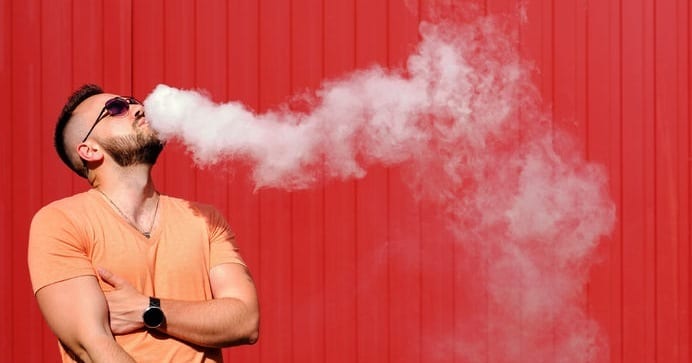It might be difficult to believe today, but there was once a time at which any given vaping tank had just one type of coil available. Today, though, choosing your tank is just the beginning. When you shop for SMOK TFV8 Baby Beast coils, for example, you’ll find no less than 10 different coils from which to choose. The TFV8 Baby Beast has become a vaping platform in its own right, and it’s not the only tank with such a wide coil selection.
If you’re willing to invest the time and money necessary to investigate all of the different coils available for your tank, you can dial in a totally customized vaping experience that delivers exactly the flavor, airflow and vapor production you want. Experimentation is much easier, though, if you have an idea of how different aspects of atomizer coil design influence the vaping experience — and that’s what we’re going to discuss today. When you’re done reading, you’ll understand the factors that make a particular coil the best vaping coil for your needs.
Suggested Wattage Range
You can tell a lot about how a coil works — and the type of device it’s intended for — by looking at its suggested wattage range. Comparing SMOK TFV8 Baby Beast coils vs. SMOK TFV8 Cloud Beast coils, for example, you’ll find that both tanks have 0.20-ohm coils available. The TFV8 Baby Beast 0.20-ohm coil has a suggested power range of 40-130 watts. The TFV8 Cloud Beast 0.20-ohm coil, meanwhile, has a suggested range of 50-240 watts. Clearly, resistance isn’t the only factor that determines the ideal operational wattage for an atomizer coil.
The difference between these two coils — and other coils like them — is the total mass of the heating wire. Regardless of a coil’s electrical resistance, the amount of metal used to create the coil determines the amount of power necessary to get the coil up to vaping temperature without a lot of waiting. If a coil has high mass, in other words, it’ll take a bit of time for the coil to ramp up if you use it at a lower wattage setting. Using the SMOK TFV8 Cloud Beast 0.20-ohm coil as an example, you don’t need to run the coil at 240 watts to have a good experience. If your device can’t even get close to 200 watts, though, that coil might not be the ideal one for your device.
Another detail worth noting is that many vaping companies use automatic puffing machines when they determine the suggested wattage ranges for their coils. They base the suggested wattage ranges on an average puff length of just three seconds. If you prefer long, deep puffs, you’ll want to keep your device at the low end of your coil’s suggested range. If you prefer quick puffs and like your vapor a bit on the warm side, you might be able to get away with going slightly above your coil’s suggested wattage range. Remember that the range is just a suggestion; as long as you avoid burning the wick, you can use whatever wattage setting you like.
Wick Holes
E-liquid travels from your tank’s glass reservoir to the wick in the atomizer coil through small holes in the side of the coil. You should pay special attention to those holes because they greatly influence a coil’s wicking performance. If a coil has very large wick holes, it’ll work best with a thick e-liquid hat has a high percentage of vegetable glycerin. A coil with small wick holes, on the other hand, works best with a thin e-liquid that has a high percentage of propylene glycol. Thankfully, the common 50/50 VG/PG e-liquid ratio performs well with most vaping coils regardless of the size of their wick holes. If you want to use a “Max VG” e-liquid, though, you’ll need to choose a vaping coil with the biggest wick openings possible. The wick openings also influence how long you’ll need to wait between puffs. A coil with large wick holes becomes wet again almost instantly after each puff. If you use a coil with small wick holes, on the other hand, you’ll need to wait a moment for the wick to re-saturate between puffs.
Coil Design
The total surface area of an atomizer coil’s heating wire — or wires — is the main factor that influences the coil’s vapor production. When you look at SMOK TFV12 Cloud Beast King coils, for example, you’ll notice a coil with 12 heating wires. With that many heating wires, you’re going to get a lot of surface area. You’ll also get a lot of wire mass, though, which is why the T12 coil has a suggested operating range of up to 350 watts. If your vaping device tops out at 100 watts, for example, you’re probably not going to have a great experience using a vaping coil with such high requirements. You’ll get better vapor production from a coil with lower overall mass because the coil’s lower wattage requirement will allow your device to get it up to temperature more quickly. Alternatively, you could try a mesh vaping coil. Mesh coils combine high surface area and low mass to achieve excellent vapor production with modest devices.





Add Comment